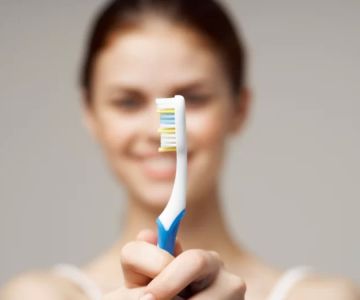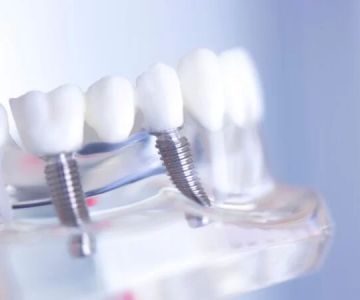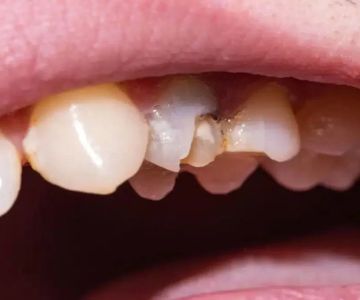
- Understanding Enamel Erosion from Acidic Foods
- How Acidic Foods Affect Your Tooth Enamel
- Practical Steps to Prevent Enamel Erosion
- Real-Life Examples and Professional Advice
Understanding Enamel Erosion from Acidic Foods
Enamel erosion is a gradual loss of the hard, protective outer layer of your teeth. One of the primary causes is frequent exposure to acidic foods and drinks, which wear down enamel over time. While enamel is the strongest substance in the human body, it is vulnerable to acids found in many common foods and beverages.
Understanding enamel erosion is key to protecting your teeth. Unlike cavities caused by bacteria, enamel erosion is a chemical process where acid softens and dissolves the enamel, leading to sensitivity, discoloration, and an increased risk of tooth decay.
Why Acidic Foods Are a Concern
Acidic foods like citrus fruits, soda, wine, and certain processed snacks have a low pH, which means they are capable of demineralizing enamel. Frequent consumption without proper care accelerates enamel loss and can compromise overall dental health.
How Acidic Foods Affect Your Tooth Enamel
The enamel on your teeth acts as a shield against daily wear and tear, but acid attacks weaken this shield. When you consume acidic foods, the pH in your mouth drops, causing enamel to soften temporarily. If acid exposure is frequent, enamel cannot fully recover, leading to permanent erosion.
Stages of Enamel Erosion
Initially, enamel erosion may present as increased tooth sensitivity, especially to hot or cold stimuli. Over time, teeth may appear more yellow as the dentin beneath becomes exposed. In advanced stages, enamel loss can cause visible pits or cracks, increasing the risk for cavities.
Practical Steps to Prevent Enamel Erosion
Fortunately, there are effective strategies on how to prevent enamel erosion caused by acidic foods that can protect your smile without giving up your favorite flavors entirely.
1. Limit Acidic Food and Drink Intake
While it’s unrealistic to avoid acidic foods altogether, moderating your consumption and avoiding constant snacking on them reduces acid attacks on your enamel.
2. Rinse Your Mouth with Water After Eating Acidic Foods
Swishing water helps neutralize acids and washes away food particles, lessening acid exposure time.
3. Wait Before Brushing
After eating acidic foods, wait at least 30 minutes before brushing your teeth. Brushing immediately can cause more enamel damage since acid softens the enamel temporarily.
4. Use Fluoride Toothpaste and Mouthwash
Fluoride strengthens enamel by promoting remineralization. Using fluoride-containing products regularly can help rebuild enamel and protect against erosion.
5. Consider Chewing Sugar-Free Gum
Chewing gum stimulates saliva production, which naturally neutralizes acids and helps repair enamel.
6. Regular Dental Checkups and Professional Advice
Routine visits to your dentist allow early detection of enamel erosion and personalized recommendations for care. Dentistry Toothtruth offers expert guidance and products tailored to protect enamel and improve oral health.
Real-Life Examples and Professional Advice
Sarah, a 29-year-old food enthusiast, noticed increasing tooth sensitivity after enjoying her favorite citrus smoothies daily. Concerned about enamel damage, she consulted her dentist who advised her to rinse with water after acidic meals and use fluoride toothpaste consistently. By adjusting her habits and following professional advice, Sarah experienced a noticeable reduction in sensitivity within weeks.
This example illustrates that understanding how acidic foods affect enamel and adopting protective habits can maintain dental health without sacrificing lifestyle enjoyment.







 Westgate Dental Arts
Westgate Dental Arts Coventry Family Dental
Coventry Family Dental Familia Dental
Familia Dental Dr. Daniel S. Fife, DDS
Dr. Daniel S. Fife, DDS Dentistry At Suburban Square: Michael I. Wollock, DMD
Dentistry At Suburban Square: Michael I. Wollock, DMD Comfort Care Dental
Comfort Care Dental The Importance of Oral Health Education During Pregnancy for a Healthy Pregnancy
The Importance of Oral Health Education During Pregnancy for a Healthy Pregnancy Why Skipping Dental Checkups Can Lead to Bigger Oral Health Problems
Why Skipping Dental Checkups Can Lead to Bigger Oral Health Problems Best Tips for Brushing Your Teeth Properly for Healthy Gums: Essential Techniques for Oral Health
Best Tips for Brushing Your Teeth Properly for Healthy Gums: Essential Techniques for Oral Health Advantages of Porcelain Dental Restorations
Advantages of Porcelain Dental Restorations How Can Diabetes Cause Tooth and Gum Problems? Preventing and Managing Oral Health Issues
How Can Diabetes Cause Tooth and Gum Problems? Preventing and Managing Oral Health Issues Healthy Habits for Promoting Good Oral Health and Hygiene: Tips for a Healthy Smile
Healthy Habits for Promoting Good Oral Health and Hygiene: Tips for a Healthy Smile